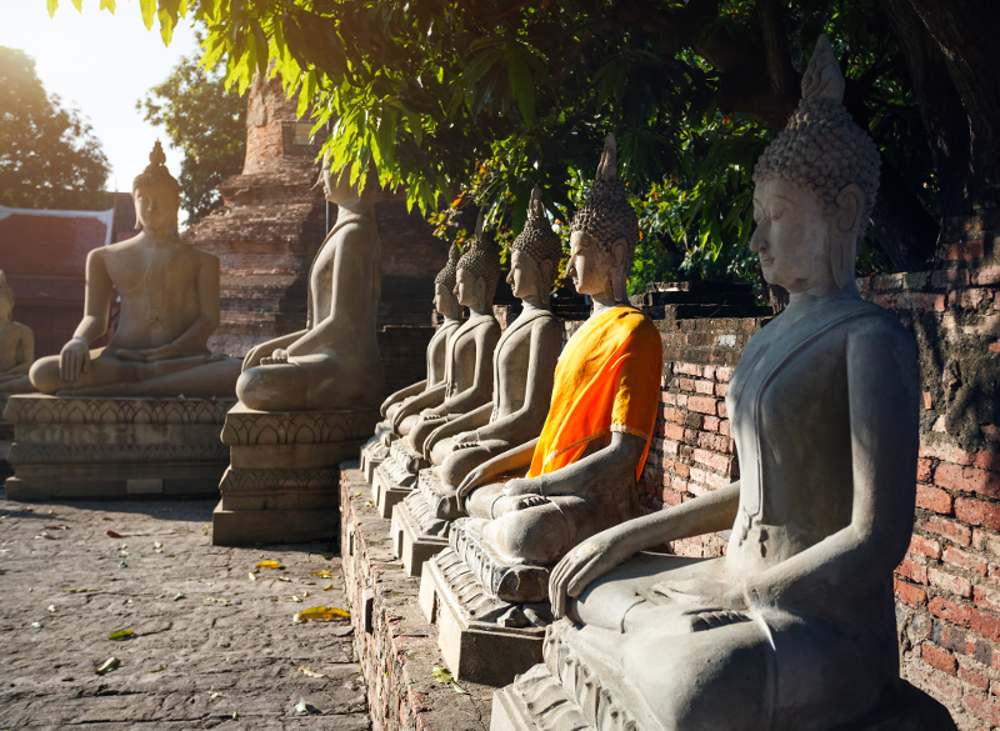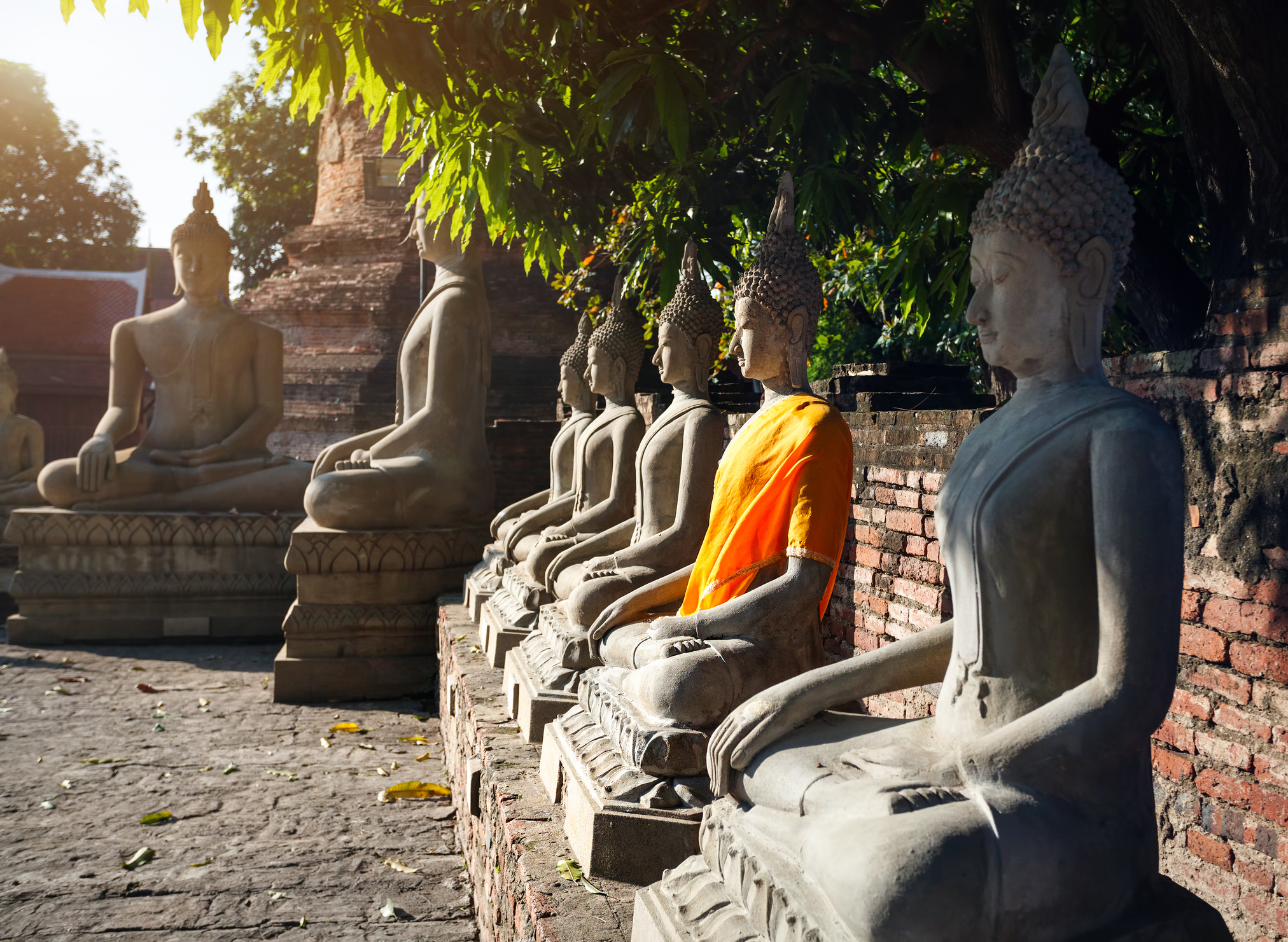On page 56 of our just-released Autumn issue, we published Alison Canavan’s breathtaking story of her experience of a Vipassana silent retreat. The magazine version is an abbreviated version of the full article below. Let your mind expand and relax as you read this truly beautiful account of self-discovery and healing.

By Alison Canavan
What is intuition? Are modern human beings stuck in logic and left brained thinking? Am I a product of what I have been told, rather than tuning into my own inner essence or knowing?
All of these questions moved around my mind as I wondered what my upcoming 10 day Vipassana silent retreat would bring my way. As a daily meditator for many years, I have wanted to sit a Vipassana for a long time and this year I finally felt ready. Having recovered from addictions and mental health problems using meditation as one of my tools, I’m acutely aware of the power of going within. In fact, I believe it’s the only way to really heal emotional pain and move into a life of freedom and peace.
As my retreat approached, I felt anxious as I knew there was deep rooted pain ready and waiting to come to surface, given the right time and space to do so. I didn’t have to wait long as on the first day I reacted very physically to the practice and had to leave the room, as I was going to both throw up and pass out. As I sat outside, pale as a ghost, the course coordinator assured me that this was a very normal reaction. That afternoon, the teacher did too.
As human beings, we all have pain and suffering. It’s simply a part of life. However, we become very good at suppressing experiences and emotions, in the hope that they won’t rise again and cause us any trouble. This is something I did for many years: I pushed everything down and thought that I didn’t ever have to face it or deal with it again. During the 20 years of depression, anxiety and addictions that followed, I never connected my emotional pain to my problems, and neither did anyone I went to see. Instead, I got handed tablets and hoped for the best.
This is like cleaning the outside of your kitchen cupboards every single day so that when you have visitors your house appears to be gleaming, clean and bright. However, if someone were to open your cupboards, the stark truth would shock them. The inside would be dirty and food would be rotting. This is what suppressed emotions look like in your body. They are giving off toxic fumes that manifest as emotional problems, such as over or under-eating, depression, anxiety, stress, sleep issues, addictions and much more.
We fail to connect the dots, and we outsource our power to external sources, hoping that they can fix us and heal our pain. My greatest learning from a week of Vipassana was that only you and you alone can heal your pain, and there is no escaping the work if you want to get well or live better. You need to feel and deal with your pain to truly heal.
The word Vipassana means to see things as they are. You are up at 4 a.m. each day and have 10 and a half hours of meditation. Bedtime is 9 p.m. The noble silence you agree to means silence of speech, body and mind, so no eye contact or hand gestures are allowed either. The silence and no phone part were incredible, and I did not miss either. Dealing with my emotional pain, however, was quite another story. You begin the week focusing on your breath entering and leaving your nose. You are instructed to simply observe your bare breath as it is and not try and change it. Then you are asked to observe the sensations just above the upper lip area. This helps to focus your brain on the sensations of your body. The technique of Vipassana is based on Buddha’s experience of enlightenment. It’s also based on science – the law of nature, which states that everything, at all times, is constantly changing. We are all made of molecules that are constantly changing form, and during Vipassana you are instructed to observe the sensations within your body with an aware and equanimous mind. This means if you are experiencing pleasure or pain, you simply observe the sensations and don’t feed into them. In life, we either feed into our cravings or aversions. Through Vipassana practice, we learn to have an eqanimous mind with the intention of taking this equanimity into our every day life, meaning that we can better respond to the everyday problems of life that come our way.
For someone like me, who has an incredibly addictive personality, it was very interesting to observe this in myself. I also had a lot of pain during the retreat, which I learnt to sit with and observe in the knowledge that it would pass, as every experience passes with time.
During the retreat I struggled with my mind many times, and some days I felt like it was a torture chamber. On day 8 I asked to see the teacher and explained to her through my tears that every thought I had was negative and my mind simply did not want to meditate. She explained that this was all part of the process and it’s what they call ‘storming’. She instructed me to go back to my breath during storms and allow them to come up and they would pass. They did. She was 100% right. Vipassana is like doing a deep surgical operation on your most deeply rooted emotional pain. My pain was certainly deep and had I not been on a silent retreat, I know I would have avoided working with it.
During the retreat, I vowed never to return. The process was so painful at times the noble silence was actually a great relief, as I didn’t want anyone to look at me and see my pain. On day 11 as I was driving home I felt an overwhelming rush of gratitude for my experience. I also realized what a blessing it is to get 10 days to sit and go within. Since returning from my retreat, I have been able to deal with stress in a different way and I also see myself and my place in the world quite differently too.
Vipassana allowed me to really see my truth. It gave me an insight into how disconnected we all are from ourselves and from our own personal GPS/guidance systems. We live in a rat race where we rarely stop to appreciate the beauty of life and the world we inhabit. I learnt that my mind really is the root cause of all my suffering, but by working with it and working on myself there is a very different life available to me: one of peace and acceptance – a life where I truly feel connected and alive.
Most modern people are not in touch with intuition. We have let our awareness drift and we have completely forgotten how to be aware of the many dimensions of life and not just the external one. You have to get connected to your senses and most of us can’t do that anymore.
We need to rethink how we sense the world and our place in it. One thing I now know for sure is that life is an inside job. We need to help people to reverse what they have been told, because working from the outside in is simply not working. Everything we need, we already have.


